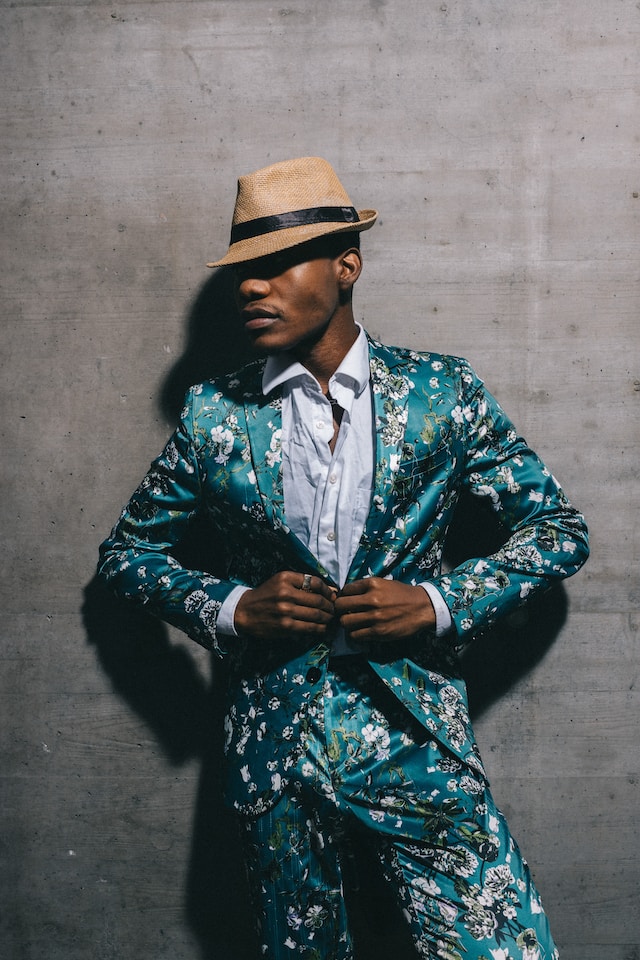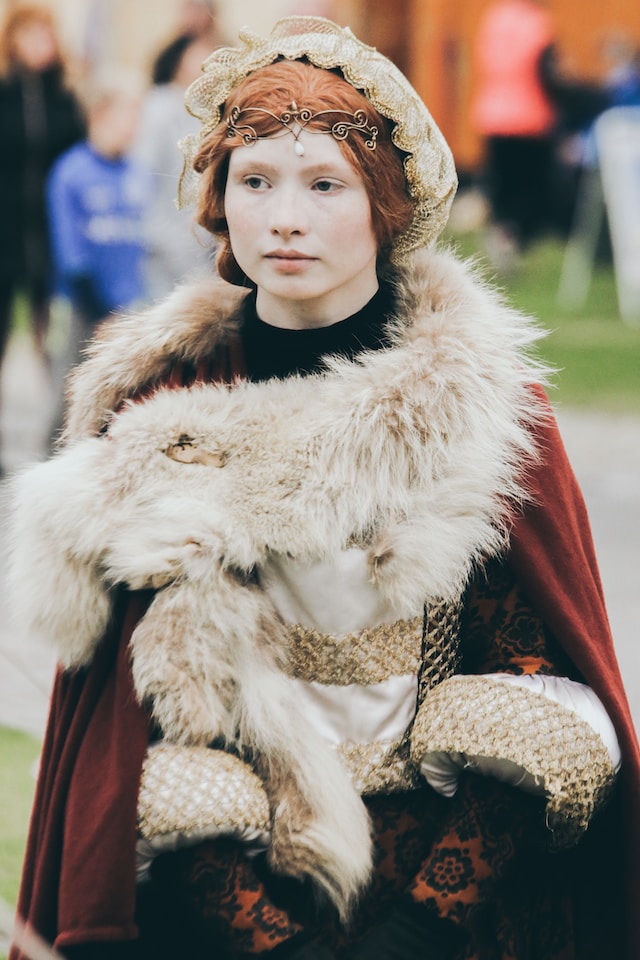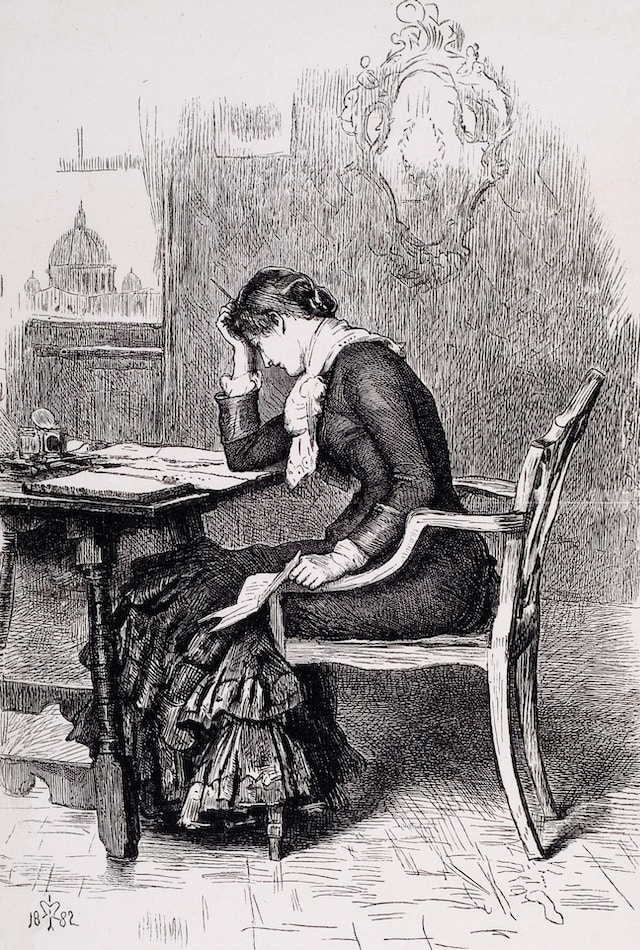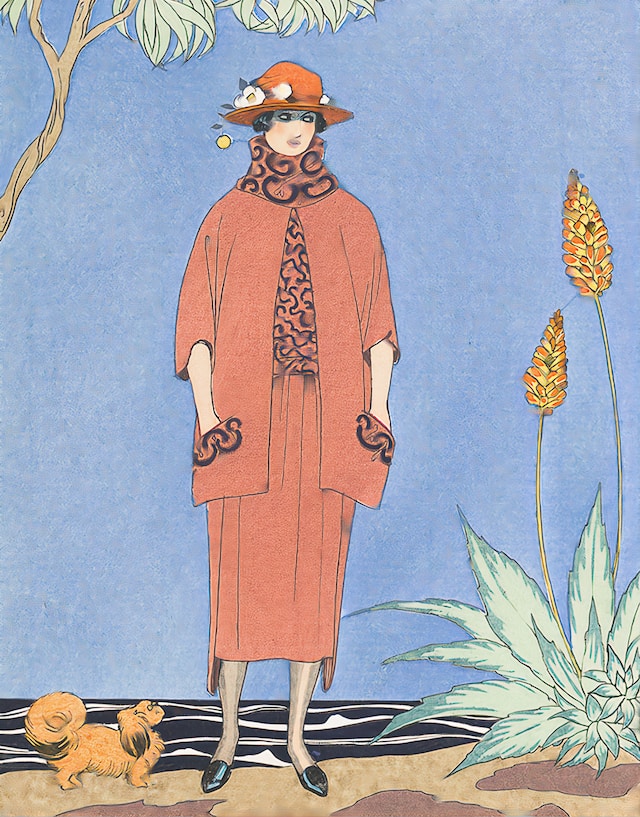
Fashion has always been an essential form of self-expression, reflecting societal values and cultural norms. Throughout history, attire has often been assigned gender roles, with specific garments deemed appropriate only for men or women. However, fashion is a dynamic force, and its evolution has challenged these conventional stereotypes, paving the way for gender equality and liberation. In this exploration of gender and fashion, we will delve into the remarkable journey of breaking stereotypes.
Through the ages, society has imposed rigid perceptions of masculinity and femininity, dictating how individuals should present themselves through clothing. Men were expected to exhibit strength, seriousness, and power, reflected in their tailored suits and structured garments. Conversely, women were confined to delicate and decorative attire, symbolizing grace, fragility, and beauty. However, as society progressed, numerous figures emerged who dared to challenge these limiting ideas, reshaping the fashion landscape as well as societal attitudes.
Ancient and Early Fashion
Even in the ancient and early civilizations, fashion stereotypes were prevalent, as society imposed strict expectations based on gender. In ancient Greece, for example, men were expected to display physical strength and prowess, and their attire reflected this perception. They wore simple tunics and draped themselves in short cloaks, emphasizing their masculinity and suggesting their readiness for battle. Women, on the other hand, were expected to embody modesty and domesticity, and their clothing consisted of loose-fitting garments that covered their entire bodies.
Similarly, in early civilizations like Mesopotamia and Egypt, fashion stereotypes were ingrained within societal norms. Men were expected to work in manual labor or engage in warfare, and their clothing reflected this rugged reality. They wore sturdy garments, often made of animal skins, to protect themselves from the harsh environment. Women, meanwhile, were confined to the domestic sphere and adorned themselves in flowing robes and veils, symbolizing modesty and femininity.
Although these ancient societies were bound by fashion stereotypes, there were individuals who defied these expectations, challenging the notion that clothing choices should be determined by gender. From the Sumerian priestesses who donned elaborate clothing and jewelry to signify their sacred roles to the Egyptian pharaoh Hatshepsut, who famously presented herself as a male ruler, these individuals pushed the boundaries of fashion stereotypes and questioned the established norms of their time.
Gender and Fashion in Medieval and Renaissance Eras
During the Medieval and Renaissance eras, fashion stereotypes were deeply ingrained in society, firmly dictating the roles each gender should embody. Men were expected to be valiant knights or powerful lords, so they adorned themselves in armor and strong, masculine garments. Conversely, women were viewed as delicate creatures connected to nature, and their attire consisted of long flowing gowns, delicate headpieces, and intricate jewelry.

However, even in this era where rigidity prevailed, there were individuals who defied these fashion stereotypes, challenging societal norms with their clothing choices. The tale of Eleanor of Aquitaine, a formidable queen, serves as a prime example.
Eleanor, a woman ahead of her time, was known for her intellect, charm, and political prowess. At a time when women were deemed submissive and passive, she took an active role in ruling and expanding her domain. Eleanor, in her pursuit of power and autonomy, didn’t hesitate to defy the expectations placed upon her in terms of fashion.
Similarly, on the other side of the gender spectrum, we find figures like Henry III of France, who defied the traditional masculine fashion ideals of the time. Henry was known for his flamboyant style, often adorned in elaborate fabrics, ruffles, and vibrant colors. His unconventional fashion choices challenged the perception that men had to be strictly serious and strong, hinting at the fluid nature of gender expression.
These individuals, among others, paved the way for breaking the fashion stereotypes of their era, proving that one’s clothing should not be limited by societal expectations based on gender. They dared to deviate from convention, sparking conversations and opening doors for future generations to express themselves authentically through fashion.
Enlightenment to the Victorian Era
As the world transitioned from the Enlightenment to the Victorian era, fashion stereotypes continued to play a significant role in society. However, this period also witnessed a growing movement of individuals who sought to break free from these confines, advocating for change and diversity in clothing choices.
During the Enlightenment, a period characterized by the pursuit of reason and knowledge, numerous philosophers and thinkers emerged who questioned traditional norms and beliefs. This spirit of intellectual curiosity extended to fashion, as thinkers like Jean-Jacques Rousseau argued for simplicity and naturalness in dress, advocating a departure from the extravagant and ornate styles of the French court. Rousseau believed that true identity and expression should not be bound by societal expectations or rigid gender norms.
In the Victorian era, fashion stereotypes reached their peak, as rigid notions of masculinity and femininity dictated the way individuals dressed. Men were expected to be strong and authoritative, while women were confined to the role of wives and mothers, emphasizing conventional notions of beauty and propriety. However, this era also saw the emergence of women like Amelia Bloomer and Elizabeth Cady Stanton, who challenged the established fashion codes.

As the Enlightenment paved the way for rational thought and the Victorian era bolstered societal expectations, these individuals stood out as beacons of change, challenging fashion stereotypes and advocating for a more inclusive and diverse sartorial landscape. By daring to question and redefine established norms, they laid the groundwork for a future where fashion could be a vehicle for personal expression rather than a rigid reflection of gender roles.
The 20th Century
The 20th Century marked a significant turning point in challenging fashion stereotypes. As the world entered a new era of rapid industrialization and changing societal attitudes, fashion became a battleground for dismantling rigid gender roles. The first half of the century witnessed the suffragette movement and the fight for women’s rights, which had a profound impact on fashion. Women demanded freedom and equality, and their clothing choices reflected this newfound empowerment.
The suffragettes adopted a more practical and functional attire, abandoning restrictive corsets and long skirts in favor of shorter hemlines, trousers, and comfortable shoes. Through their fashion choices, these trailblazers challenged the notion that women’s clothing should confine them to domesticity and signaled a shift towards more practical and versatile garments.
The rise of Hollywood in the early 20th century played a crucial role in reshaping fashion stereotypes. Movie stars became trendsetters, and their influence reached far beyond the silver screen. Icons like Marlene Dietrich and Katherine Hepburn defied traditional notions of femininity, donning sleek and tailored suits that were once reserved for men. By embracing these masculine-inspired looks, they blurred the lines between gendered fashion and set the stage for a more inclusive and diverse sartorial landscape.
The Counter Culture Movement
Alongside Hollywood’s influence, the rise of countercultural movements in the mid-20th century further challenged fashion stereotypes. The 1960s saw the emergence of the feminist movement, civil rights activism, and the sexual revolution, leading to a greater emphasis on individuality and self-expression. Young people rejected the conformity of previous generations and sought alternative styles and identities.
Fashion became a vehicle for rebellion, with figures like Twiggy and David Bowie embracing androgyny and pushing the boundaries of gendered fashion. Unisex clothing and gender-neutral styles became more prevalent, reflecting a growing acceptance of diverse expressions of gender identity. By the latter half of the 20th century, designers began actively addressing fashion stereotypes in their collections.
Designers like Yves Saint Laurent and Rei Kawakubo challenged the traditional ideals of beauty and femininity. Saint Laurent’s “Le Smoking” tuxedo for women and Kawakubo’s avant-garde designs emphasized individuality and questioned societal expectations. They paved the way for gender-bending fashion, blurring the lines between masculine and feminine aesthetics.

Gender Fluidity in Modern Fashion
In recent years, the concept of gender fluidity has gained significant traction in the fashion world, challenging traditional fashion stereotypes and embracing a more inclusive and diverse landscape. Gender fluidity refers to the idea that one’s gender identity doesn’t fit neatly into the binary categories of male or female. Instead, individuals may identify as a mix of both or fluctuate between genders.
This shift in mindset has had a profound impact on the way we perceive and experience fashion. Designers and brands are increasingly blurring the lines between masculine and feminine aesthetics, creating clothing that transcends traditional gender expectations. They recognize that fashion is a form of self-expression, and that individuals should be free to experiment, explore, and define their own unique style without being confined by societal norms.
Androgynous Fashion
Another significant aspect of the gender fluidity movement in fashion is the rise of androgynous fashion. Androgyny refers to a style that combines masculine and feminine elements, blurring the distinctions between the two. Traditionally gendered garments, such as suits or skirts, are reimagined with a twist, incorporating unexpected details or tailoring to create a look that is neither strictly masculine nor feminine. This push towards androgynous fashion has opened up a whole new world of possibilities, providing people with the freedom to play with and explore different aspects of their identity.

Furthermore, the modeling industry has made strides in challenging fashion stereotypes by featuring gender-fluid and non-binary models on runways and in campaigns. These models defy traditional notions of beauty and encourage the industry to embrace a wider spectrum of gender identities. Their representation sends a powerful message, promoting inclusivity and demonstrating that fashion is not limited to a binary understanding of gender.
The fashion industry is undergoing a powerful transformation, challenging and dismantling long-standing fashion stereotypes. Gender fluidity has become a driving force, inspiring designers, brands, and consumers to embrace a more inclusive and expansive definition of personal style. As we continue to progress, it is essential that we celebrate diversity, encourage self-expression, and create spaces where all individuals can feel seen, accepted, and celebrated.
